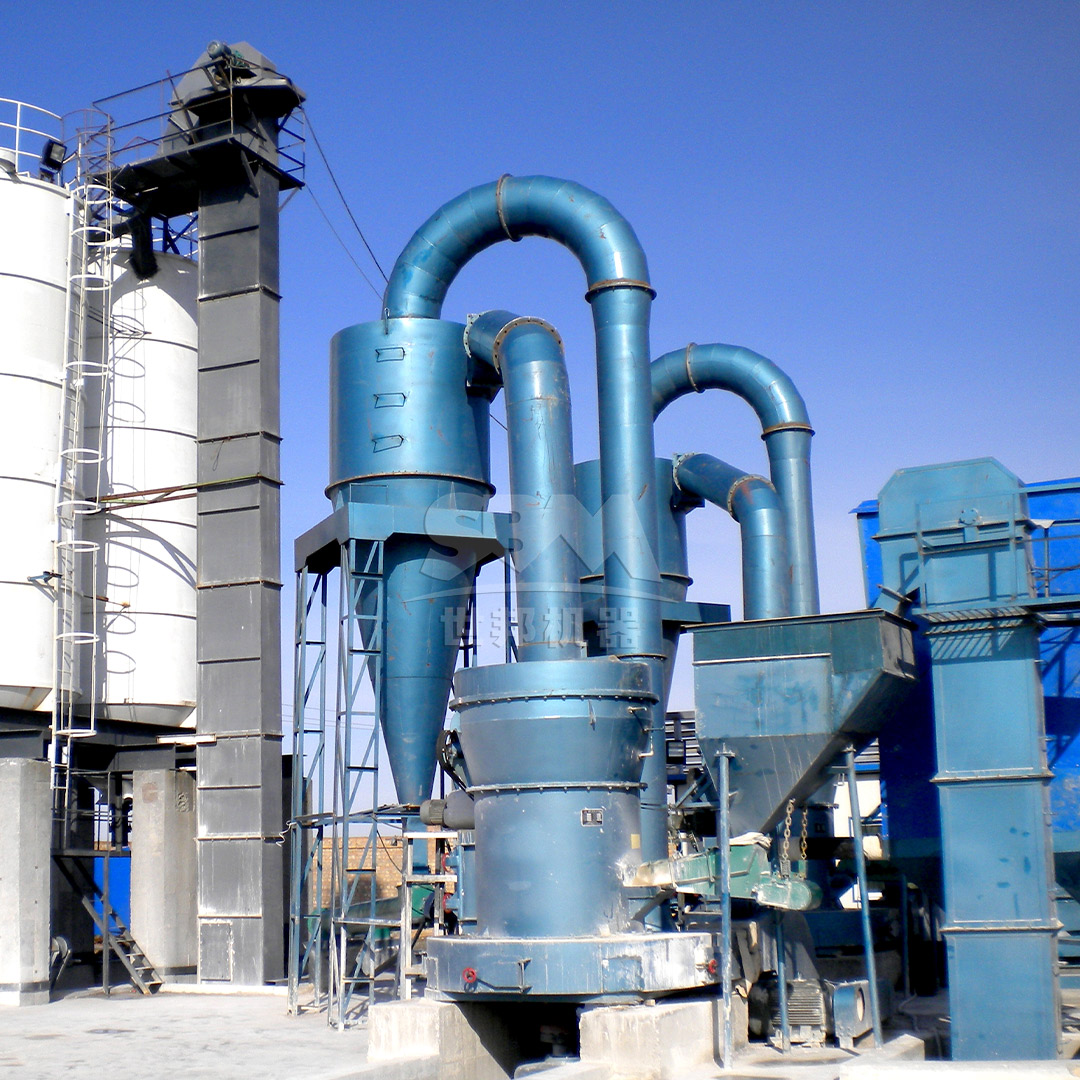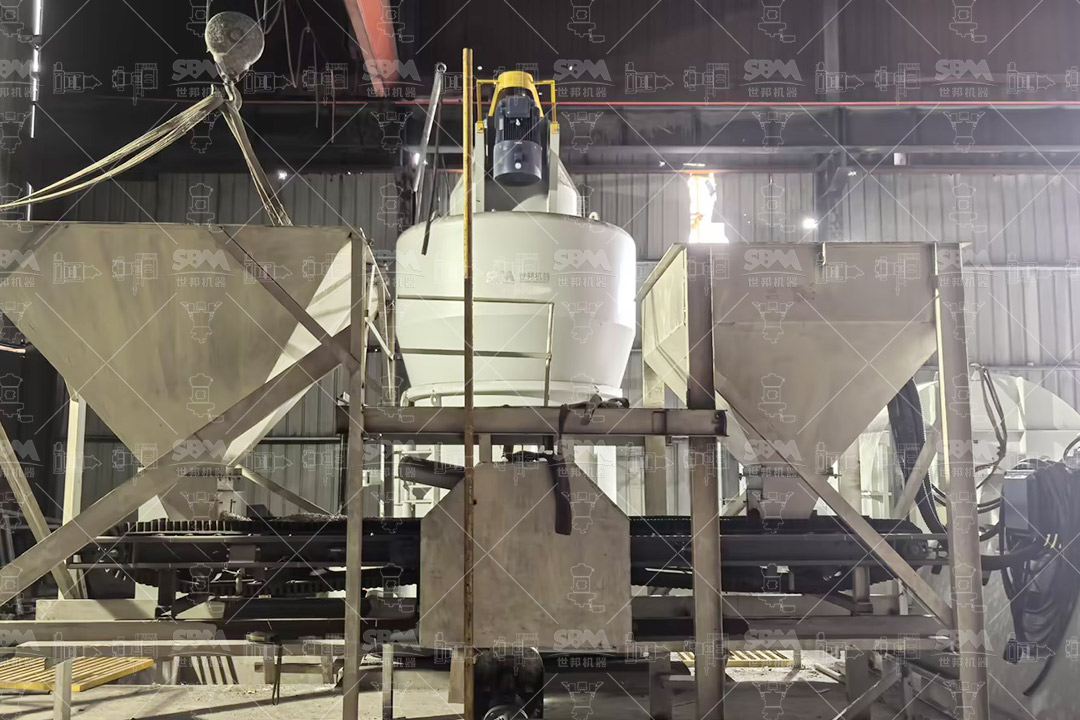The production of high-quality plastic and rubber fillers requires precise control over limestone particle size, distribution, and purity. Selecting the right grinding equipment is crucial for achieving optimal product performance and production efficiency. This comprehensive guide explores the key factors to consider when choosing a limestone grinding machine specifically for filler production applications.

For plastic and rubber filler applications, particle size distribution directly impacts material properties. Fine fillers (1-10μm) provide better reinforcement and surface finish, while coarser fillers (10-45μm) offer cost-effective bulk filling. The ideal grinding equipment must produce consistent particle size with narrow distribution curves.
Higher surface area fillers provide better interaction with polymer matrices. Grinding equipment that creates particles with optimal surface characteristics enhances filler-polymer bonding, improving mechanical properties in final products.
Limestone fillers must maintain chemical stability and avoid contamination. The grinding process should not introduce impurities that could affect polymer stability or product color.
Different applications demand specific fineness levels:
| Application | Required Fineness | Typical Particle Size |
|---|---|---|
| Plastic Masterbatch | 800-1250 mesh | 10-15μm |
| Rubber Compounding | 600-800 mesh | 15-20μm |
| PVC Profiles | 400-600 mesh | 20-38μm |
| General Purpose Filler | 325-400 mesh | 38-45μm |
Match equipment capacity with your production requirements. Consider both current needs and future expansion plans. Under-sized equipment causes bottlenecks, while over-sized machinery increases capital and operating costs.
Grinding operations account for significant energy consumption in filler production. Modern grinding technologies can reduce energy usage by 30-50% compared to conventional systems.
Evaluate total cost of ownership, including wear part replacement frequency, maintenance requirements, and operational labor costs.

For high-value fillers requiring superfine particles, ultrafine grinding technology delivers exceptional results. Our SCM Ultrafine Mill series represents the pinnacle of fine grinding technology for premium filler applications.
The SCM Ultrafine Mill achieves remarkable fineness ranging from 325 to 2500 mesh (D97≤5μm), making it ideal for high-performance plastic and rubber compounds where superior dispersion and reinforcement are critical. With capacity from 0.5 to 25 tons per hour across different models, this system combines high-efficiency grinding with intelligent control systems that automatically maintain consistent product quality.
Key advantages for filler production include:
For standard filler applications, the MTW Series Trapezium Mill offers excellent performance and reliability. This European-style grinding mill produces particles from 30 to 325 mesh (45-600μm) with capacities ranging from 3 to 45 tons per hour.
The MTW series incorporates advanced features specifically beneficial for limestone filler production:
For large-scale production facilities, vertical roller mills provide exceptional efficiency and compact design. The LM Series Vertical Roller Mill integrates crushing, grinding, and classification in a single unit, reducing footprint by 50% while lowering energy consumption by 30-40% compared to ball mill systems.
| Parameter | SCM Ultrafine Mill | MTW Trapezium Mill | LM Vertical Mill | Ball Mill |
|---|---|---|---|---|
| Output Fineness | 325-2500 mesh | 30-325 mesh | 30-325 mesh | 170-400 mesh |
| Capacity Range | 0.5-25 t/h | 3-45 t/h | 3-250 t/h | 0.65-450 t/h |
| Energy Consumption | Low | Medium | Very Low | High |
| Noise Level | ≤75 dB | ≤80 dB | ≤80 dB | 85-95 dB |
| Footprint | Compact | Moderate | Compact | Large |
| Maintenance Cost | Low | Medium | Low | High |
For engineering plastics and high-value applications where particle size significantly impacts mechanical properties, the SCM Ultrafine Mill is the optimal choice. Its ability to produce consistent sub-5μm particles with narrow distribution ensures excellent dispersion and reinforcement in polymer matrices.
The MTW Series Trapezium Mill provides the ideal balance of performance and economy for most rubber compounding applications. The 30-325 mesh range covers most rubber filler requirements while maintaining efficient operation and low maintenance costs.
For high-volume production of fillers for PVC profiles and general plastic applications, the LM Vertical Roller Mill offers unmatched efficiency and capacity. The integrated system reduces operational complexity while maintaining consistent product quality.

Equipment costs vary significantly based on technology and capacity. Ultrafine grinding systems typically command premium pricing but deliver superior product quality for high-value applications.
Consider the total cost per ton of produced filler, including energy consumption, wear parts, maintenance labor, and operational requirements. Modern grinding systems often provide faster return on investment through reduced operating expenses.
Premium fillers command higher market prices. Investing in advanced grinding technology can be justified by the ability to produce higher-value products for specialized applications.
Modern grinding equipment incorporates advanced dust collection systems that maintain workplace air quality and prevent product loss. Pulse jet dust collectors with efficiency exceeding 99.9% are standard in quality grinding systems.
Grinding operations can generate significant noise. Equipment with noise levels below 80dB ensures compliance with workplace safety regulations and improves operator comfort.
Advanced grinding technologies significantly reduce energy consumption per ton of product, contributing to both cost savings and environmental sustainability.
Before final equipment selection, conduct pilot tests with your specific limestone material to verify performance and product quality. Reputable equipment suppliers typically offer test grinding services.
Consider the complete production system, including feeding, grinding, classification, collection, and packaging. Integrated systems ensure smooth operation and consistent product quality.
Choose suppliers with strong technical support capabilities, including installation supervision, operator training, and reliable spare parts supply.
Selecting the right limestone grinding machine for plastic and rubber filler production requires careful consideration of technical requirements, economic factors, and operational practicalities. The SCM Ultrafine Mill stands out for premium applications demanding superfine particles, while the MTW Series Trapezium Mill offers excellent performance for standard filler production. By matching equipment capabilities with specific application needs and production volumes, manufacturers can optimize both product quality and operational efficiency in their filler production operations.
Investing in appropriate grinding technology not only ensures consistent product quality but also provides competitive advantages through reduced operating costs and the ability to produce higher-value specialized fillers for demanding applications in the plastics and rubber industries.